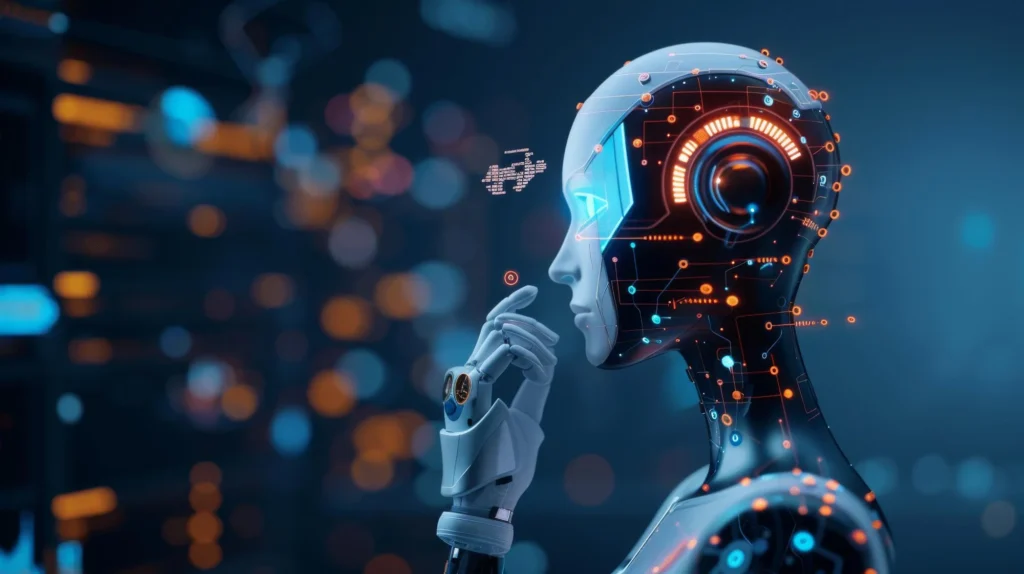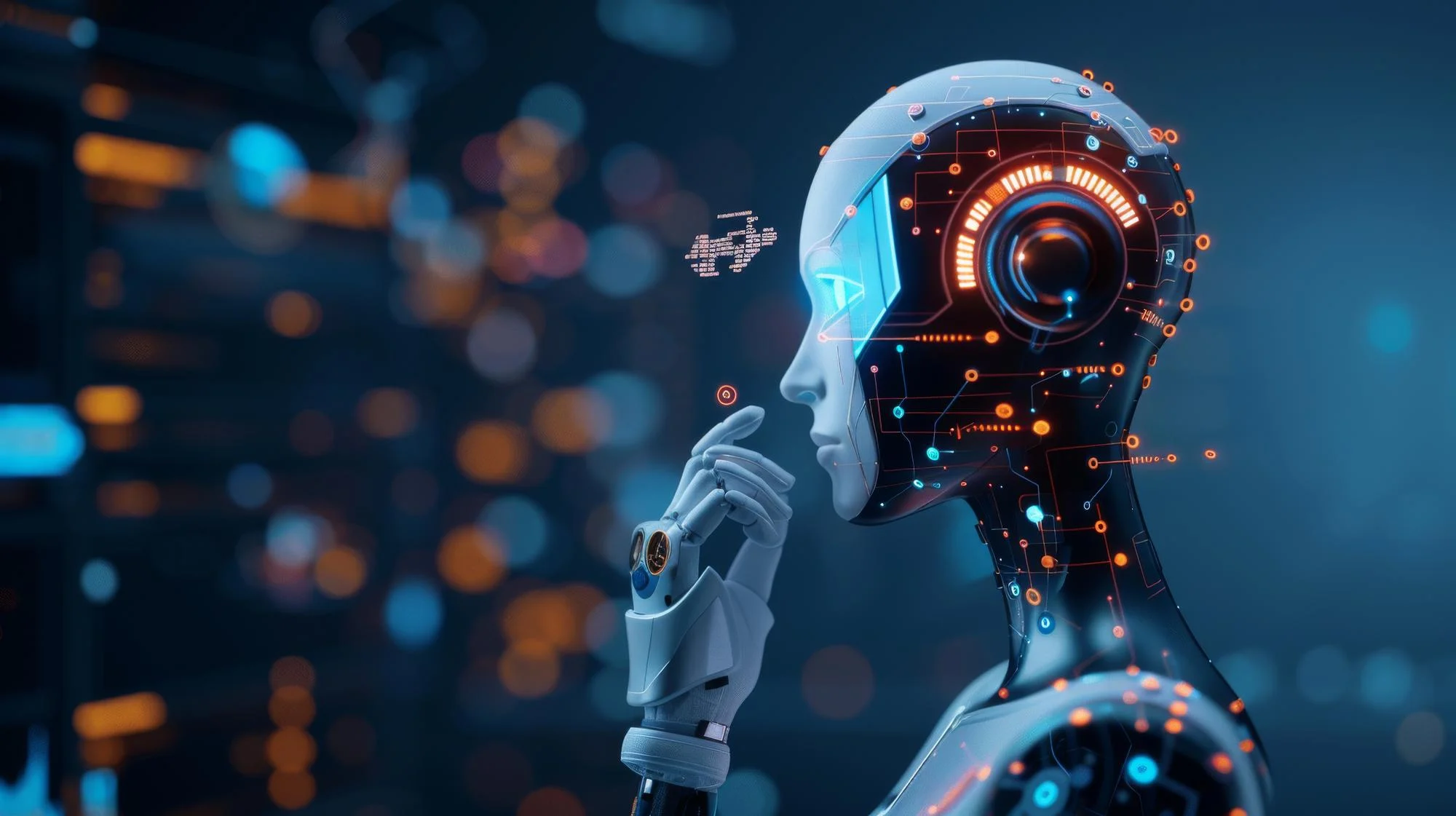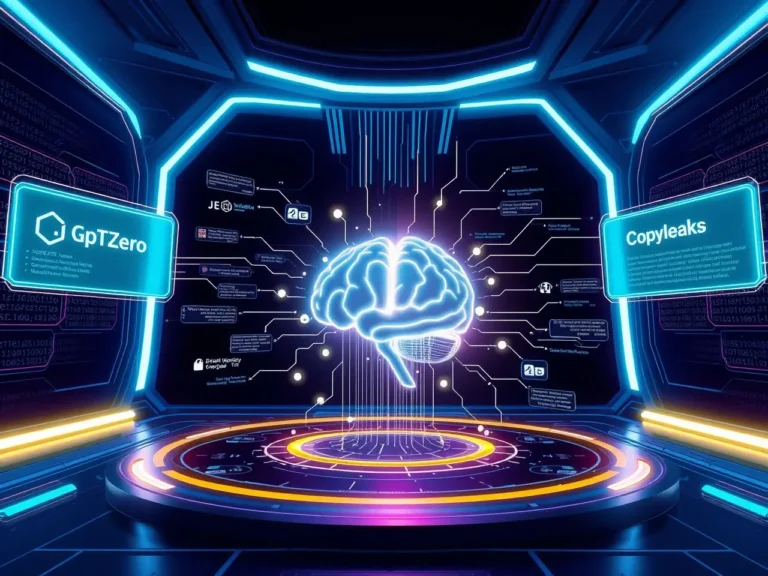Generative Artificial Intelligence: The Definitive Guide for 2025

Generative Artificial Intelligence: A Comprehensive Overview
Generative Artificial Intelligence has emerged as one of the most transformative technological developments of our time. These revolutionary AI systems can create entirely new content that wasn’t explicitly programmed, ranging from human-like text conversations to photorealistic images, videos, music compositions, functional code, and 3D models.
Generative Artificial Intelligence fundamentally differs from traditional algorithms by learning patterns from vast amounts of training data, then using those patterns to generate novel content. Understanding this technology requires familiarity with three core components of Generative AI:
- Models: The neural network architectures that power generation capabilities
- Training data: Vast collections of content these systems learn from
- Prompting: The art of instructing these systems to produce desired outputs
How Does Generative Artificial Intelligence Work?
Several major architectures drive today’s Generative Artificial Intelligence revolution:
Transformers power most modern language models like ChatGPT and Claude, using attention mechanisms to understand relationships between elements in sequences, enabling coherent text generation.
Diffusion Models drive today’s advanced image generators like DALL-E 3 and Midjourney by learning to reverse a noise-addition process, creating images by progressively removing noise according to learned patterns.
Generative Adversarial Networks (GANs) consist of two competing neural networks—a generator creating content and a discriminator evaluating it—that improve through competition.
Variational Autoencoders (VAEs) compress data into lower-dimensional representations and then reconstruct it, enabling generation of variations by manipulating this compressed space.
Types of Generative Artificial Intelligence & Their Capabilities
The Generative AI ecosystem now spans multiple content types:
- Text Generation: Models like GPT-4 and Claude 3 create human-like writing, from creative stories to technical documentation
- Image Generation: Systems like Midjourney and DALL-E 3 produce stunning visuals from text descriptions
- Video Generation: Emerging models like Sora can create short videos from text prompts
- Audio & Music: Generative Artificial Intelligence systems can generate realistic speech, compose music, and create sound effects
- Code Generation: Tools like GitHub Copilot assist software development by generating functional code
- 3D Model Generation: Newer Generative AI systems can create three-dimensional assets from text descriptions
Applications of Generative Artificial Intelligence Across Industries
Generative Artificial Intelligence is transforming virtually every sector:
Marketing & Content Creation: Personalized copy and visuals at scale, automated campaign generation, and content optimization
Healthcare: Medical image analysis, drug discovery through molecular structure generation, and personalized treatment planning
Software Development: Code generation, documentation writing, bug fixing, and test automation
Creative Industries: Concept art generation, music composition assistance, and storytelling support
Education: Personalized learning materials, automated assessment, and curriculum development
Why Generative Artificial Intelligence Matters: Key Benefits
Enhanced Productivity: Companies implementing Generative AI report 30-70% productivity improvements for content creation and data analysis workflows.
Augmented Creativity: By handling routine aspects of creative work, Generative Artificial Intelligence frees human creators to focus on higher-level direction and refinement.
Personalization at Scale: What once required massive teams can now be accomplished through Generative AI systems that tailor experiences to individual preferences.
Democratization of Creation: These Generative Artificial Intelligence tools make specialized creative skills more accessible to non-experts, allowing more people to express themselves effectively.
Top Generative Artificial Intelligence Trends for 2025-2026
- Multimodal AI Systems that seamlessly work across text, images, audio, and video, translating between different types of content
- AI Agents that combine Generative AI capabilities with planning and memory to perform complex tasks autonomously
- On-Device Processing bringing Generative Artificial Intelligence capabilities directly to smartphones and laptops without cloud dependence
- Domain-Specific Models fine-tuned for particular industries delivering specialized value
- Maturing Ethical Frameworks including better content detection and bias mitigation techniques
Ethical Considerations for Generative Artificial Intelligence
As Generative Artificial Intelligence integrates into our work and lives, several challenges demand attention:
- Bias and Fairness: Models can perpetuate biases present in training data
- Misinformation Concerns: The ease of generating realistic but false content
- Copyright Questions: Unclear boundaries around ownership of AI-generated works
- Workforce Impact: Potential job displacement as systems automate creative tasks
- Privacy Implications: Questions around data usage and synthetic identity creation
Getting Started with Generative Artificial Intelligence
Whether you’re an individual creator or business leader, here’s how to begin leveraging Generative AI:
- Identify appropriate use cases where Generative Artificial Intelligence could enhance your work
- Experiment with accessible tools like ChatGPT or DALL-E to understand capabilities
- Develop effective prompting skills to get better results
- Establish ethical guidelines for your use of AI-generated content
- Start small and iterate, measuring impact before scaling implementation
Conclusion
Generative Artificial Intelligence represents a fundamental shift in our relationship with technology—from tools we explicitly control to collaborators that create alongside us. While challenges around ethics and implementation remain, the potential of Generative AI to enhance human creativity, productivity, and problem-solving is undeniable.
As these Generative Artificial Intelligence systems continue evolving rapidly, the future belongs not to those who create the AI, but to those who learn to create effectively with AI. Whether you’re just beginning to explore these tools or looking to advance your implementation strategy, now is the time to engage with this transformative technology.



